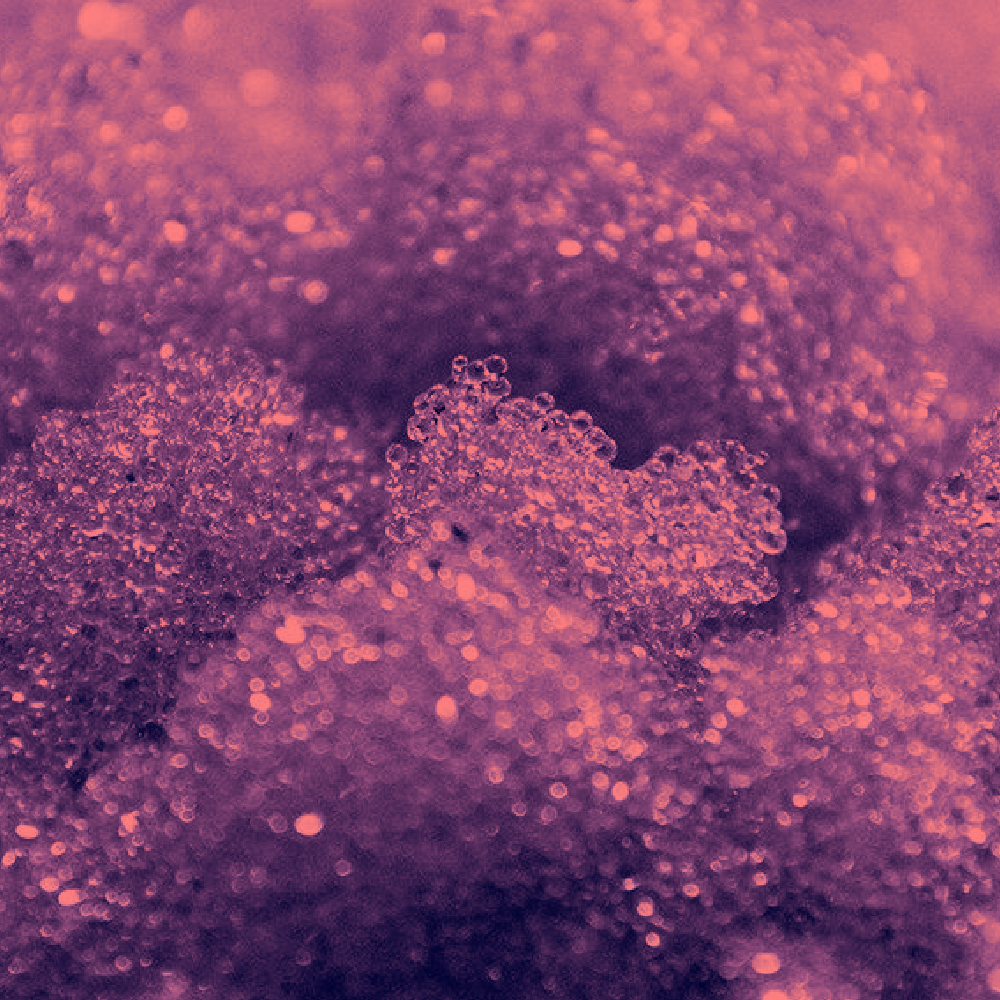Products
The ion exchange process was first discovered around 1850, but it was not until the 1930s that the first synthetic ion exchangers were produced, and only in the late 1940s that these became commercially available.
Synthetic adsorbents were a later addition to the range of products, when resin manufacturers were able to introduce large pores into their beads, giving the resin a large surface area, similar to natural based adsorbents.
What are Synthetic Ion Exchangers and Adsorbents?
The majority of the synthetic ion exchangers are manufactured with a polystyrenic or polyacrylic structure, with a cross-linking agent which helps form the bead structure and makes the resin insoluble in a wide range of liquids.
The exchange process occurs between a solid (resin) and a liquid (e.g. water). Put simply, ion exchange is a reversible interchange of charged particles — or ions — with those of like charge. This occurs when ions present on an insoluble ion exchange resin matrix effectively swap places with ions of a similar charge that are present in a surrounding solution.
The resin itself is composed of organic polymers that form a network of hydrocarbons. Either positively-charged ions (cations) or negatively-charged ions (anions) are affixed to the polymer network. These functional groups readily attract ions of an opposing charge. This gives the resin its separation capabilities and will vary significantly between different types of resin.
The main applications are in potable water or food production. There are several different technical designations, the most common are: weak and strong acid cation exchangers, weak and strong base anion exchangers, chelation resins, catalysts and adsorbents.
The market for synthetic adsorbents based on polymeric structures continues to grow. The introduction of macroporous resins (resins with large holes/pores) meant that the beads could be produced with a very large surface area which makes it possible to utilise the attractive nature of the polymer matrix to extract target molecules. These products are primarily used to remove large chain carbon-based species and can be used in basically all industries.
How do they work?
During an ion-exchange cycle, the solution to be treated is added to the resin bed. As the solution moves through the resin, the functional groups of the resin attract any counter-ions present in the solution. If the functional groups have a greater affinity for the new counter-ions than those already present, then the ions in the solution will replace them, bonding with the functional groups through shared electrostatic attraction. Ion exchangers and adsorbents are usually operated at ambient temperature but there are some applications where the temperature may be elevated. Ion exchange and adsorbent resin beads are very robust and have good chemical and mechanical stability, operating reliably under varying chemical, physical and pH conditions.
In many applications, they can be regenerated and used repeatedly before disposal. When contaminant ions bind with all available exchange sites in the resin, it needs to be restored for further use through what is known as a regeneration cycle. During a regeneration cycle, the ion exchange reaction is essentially reversed through the application of a concentrated regenerant solution. Depending upon the type of resin and the application at hand, the regenerant may be a salt, acid or caustic solution.
As the regeneration cycle proceeds, the resin releases contaminant ions, swapping them for ions present in the regenerant solution. The contaminant ions will exit the system as part of the regenerant effluent stream and will need to be properly discharged.
In some applications, e.g. in potable water, where the targeted ion (contamination) is present only in trace or very low concentrations, the resin is used once until the bed is exhausted and then disposed of with the contamination captured.

